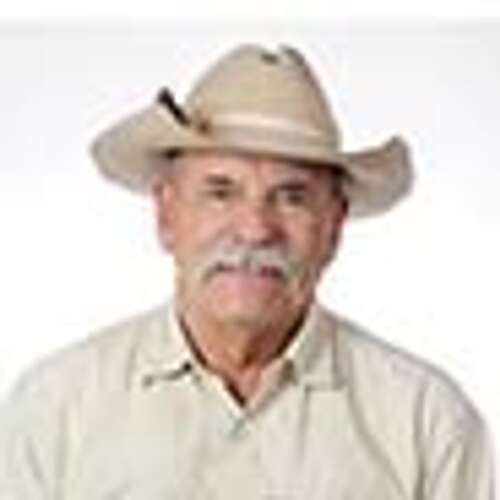Tips on finding good spots to fish in different states
One of the first questions I ask when going to a new state is, “Where to cast my fly?”
And, unless I’m in an area with multiple fly shops where I can obtain information, or book a guide for several days, it can be a perplexing issue. Other than guides and fly shops, I have found two ways to solve that question. The first way might get me into trouble. The second will keep me legal and out of trouble.
When in a new area, I like to look at a map of the area and find parks with ponds. The ponds usually have lots of panfish, bass and sometimes trout. The problem with some of these ponds is they are designated “kid only.” Since, from time to time, I’ve been known to act childish, I always feel like I should be allowed to fly-fish in these ponds. However, I have been fussed at by more than one mom when I try to buy bait from their kids. The moms just aren’t comfortable with a bald-headed, mustached fly fisherman hanging out with their young fishermen. Even though I’m harmless, I get it.
The other areas I like to fish are the tailwaters of the lakes in the areas I find myself. Right now, that area is south, middle Tennessee, and there are many lakes that have tailwaters exiting them. If the maps, in whatever area you find yourself, don’t clearly mark the roads to the tailwaters, go to Goggle Earth. I have found that Google Earth will guide me to most any lake with a dam and tailwater.
It is my experience tailwaters provide many of the things I like in fly-fishing areas I am not familiar with. Safety is always my first concern. A tailwater area usually has some type of parking area, so I’m not having to leave my truck in the middle of nowhere to be stolen or vandalize. To avoid not having to boot and suit with 100 of my nearest and dearest new friends, I find it best to be in these parking areas on a weekday. Since most people have to work on weekdays you’ll most likely find only a few people in the parking lot. I have found those few are always happy to share great information about flies and fish.
Unless I’m fishing right below a dam, I find the tailwaters are generally less than waist deep and, in many instances, have a smooth bottom making wading easier. In Tennessee, I have caught perch, bass and trout in the same tailwater. It’s always fun to cast to multiple species of fish, and then be surprised at what is at the end of my line.
The one situation that one needs to be careful about when fishing tailwaters is the release of water from a dam. Many dams release water for irrigation, flood control or to generate electricity. Most releases are planned, with lots of warning. However, some dams only sound a siren or horn before releasing water. Being aware of what the area does where I am fishing keeps me in wadable water.
So, don’t be discouraged if you don’t know anything about the streams or rivers in a new area. Find those dams and tailwaters. If that fails, you can always sneak into a “kid only” fishing pond.
Reach Don Oliver at durango.fishing@gmail.com.
Credit: Source link






























